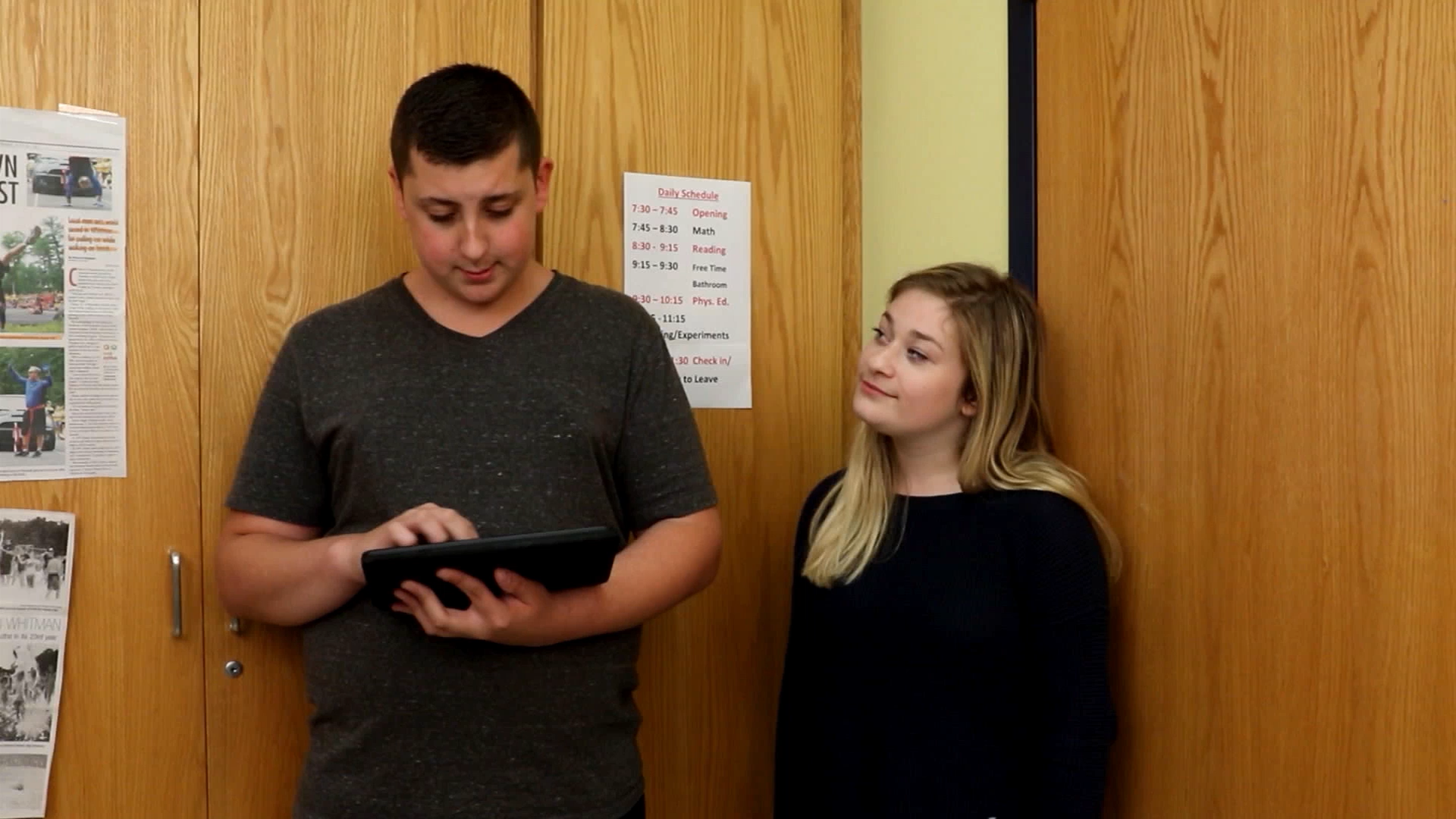
Introduction
Social-Emotional Learning is an essential aspect of students’ development, especially in high school. One critical skill for students to learn is reading social cues and adapting their communication style accordingly. To effectively engage with others, students need to observe body language, tone of voice, and actions to understand how their peers feel and respond appropriately. In this blog post, we will discuss an engaging no-prep activity that educators can use to teach high school students how to read social cues and adapt their communication.
No-Prep Activity: Social Cue Charades
This activity requires no preparation or materials from the educator. To start, have students form a circle. The educator will provide a scenario to one student, who will then act it out using only their body language, tone of voice, and actions to convey the situation. The other students will observe the “actor” closely to identify the clues and determine the scenario.
For example, the educator might give a situation like, “You just received a disappointing grade on a test.” The student would then act out how they feel, and the other students would try to determine the scenario based on the clues provided. Once the students have guessed correctly, another student gets a turn to act out a new scenario.
This activity encourages students to pay attention to nonverbal cues and helps them practice interpreting and responding to social situations. It also promotes empathy as students learn to recognize and understand the emotions of their peers.
Discussion Questions
- What are some common social cues that indicate someone’s feelings or emotions?
- Why is it essential to pay attention to social cues when communicating with others?
- How can you adapt your communication style based on the social cues you observe?
- What are some examples of situations where you had to read social cues and adapt your communication style?
- How can improving your ability to read social cues and adapt your communication benefit your relationships with others?
Related Skills
In addition to reading social cues and adapting communication, other relevant skills for students to learn include:
- Active listening: Paying close attention to what someone is saying and responding thoughtfully.
- Empathy: Understanding and sharing the feelings of others.
- Conflict resolution: Addressing disagreements and finding solutions that work for all parties involved.
- Assertiveness: Expressing your thoughts, feelings, and beliefs respectfully and confidently.
Next Steps
If you’re interested in exploring more activities and resources to teach high school students about reading social cues and adapting their communication, sign up for free samples at Everyday Speech. You’ll find a wealth of materials designed to help educators support students in developing essential social-emotional skills.

